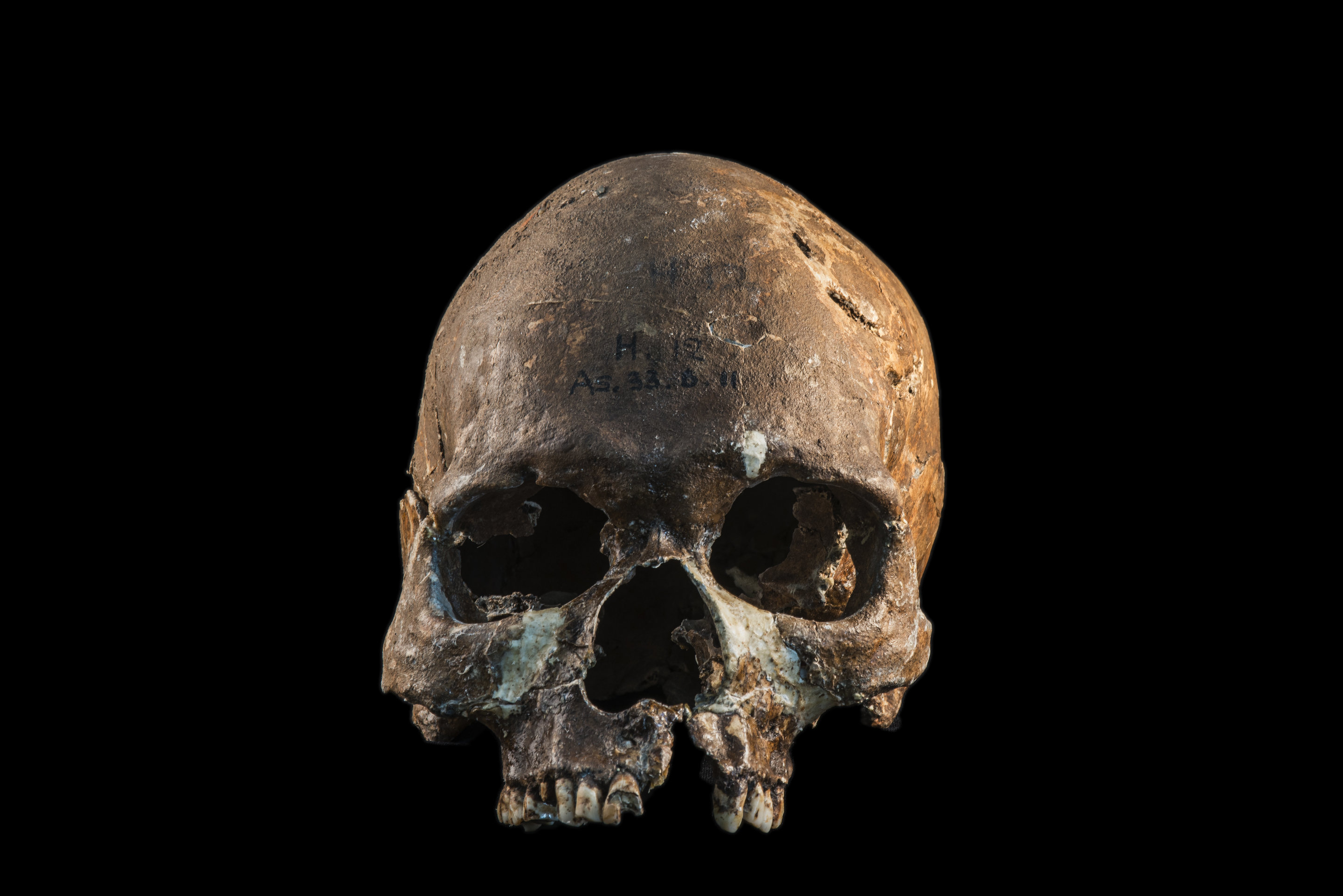Long-held and debated theories into the origins of populations within the South East Asia regions have been proven to be inconsistent with the genetic data available, a new study has found.
Griffith University researchers Professor David Lambert and Dr SallyWaseffrom the Australian Research Centre for Human Evolution were part of the international team behind the results published in Science, which included collaborators from the University of Cambridge and the University of Copenhagen.
For more than 100 years, scientists were divided over two theories on the origins of the ancient peoples that populated South East Asia.
One group believes the farming practises developed by theHoabinhianhunter-gatherers who populated South East Asia from 44,000 years ago was an indigenous development, while the other suggests that southward migrating farmers from what is now China replaced the indigenous people and gave rise to the present-day diversity in South East Asia.
Professor Lambert and DrWasef, who focused on studying the ancient human remains from the LongLongRak in Thailand, said the detection of genetic input from the indigenous hunter-gatherers, as well as additional migrations impacting Island SEA including Vietnam, contradict these two theories.
Instead, their study revealed that today’s South East Asian populations derive their ancestry from four ancient peoples.
“Itrequireda substantial effortto retrieve genomic data from the LongLongRakancient teeth, representing the Thailand population in this study,” DrWasefsaid.
“The LLR ancient individuals genomic data showed a South China origin when compared to genomes of the Austroasiaticpresent-dayspeakers. It was only through the whole genome ancient DNA resultsthat we were able to shed some lighton the complexity of South East Asiapopulation history.”
Professor Lambert said the resultswereimportant for future studies of the origins of indigenous people of Australasia.
The DNA extracted from human remains — some dated as far back as 8000 years ago – discovered in the Philippines, Thailand, Vietnam, Malaysia, Laos, Indonesia and Japan was used in the study.
The study also included DNA from the indigenousHoabinhianhunter-gatherers and aJomanfrom Japan, which offered a scientific first as it shed light on a long-suspected link between the two populations.
